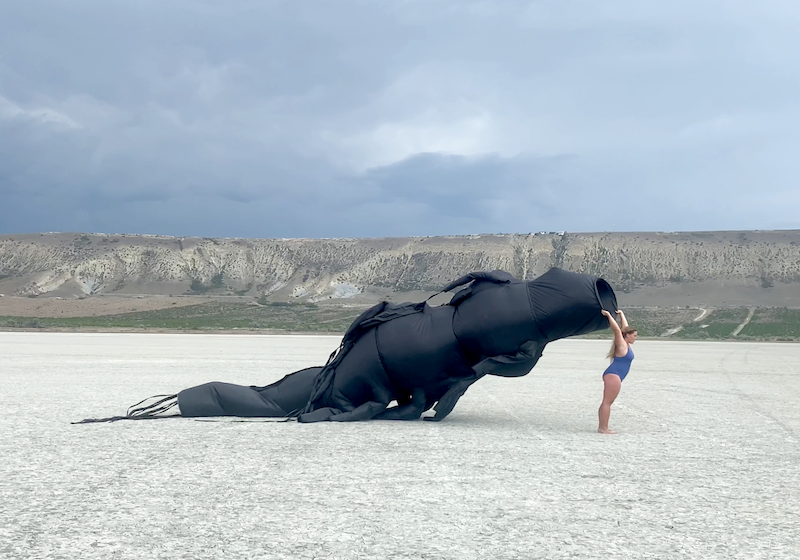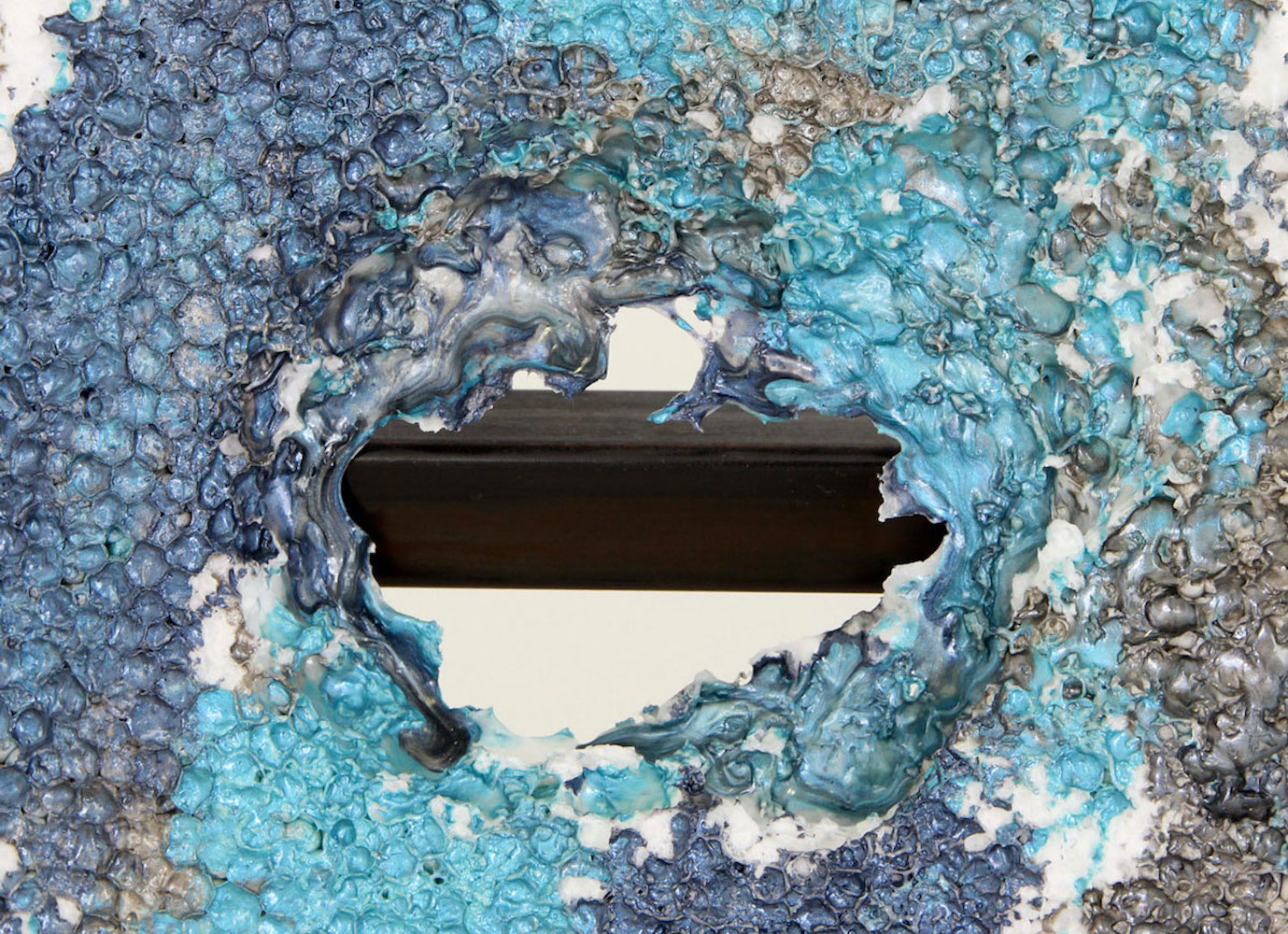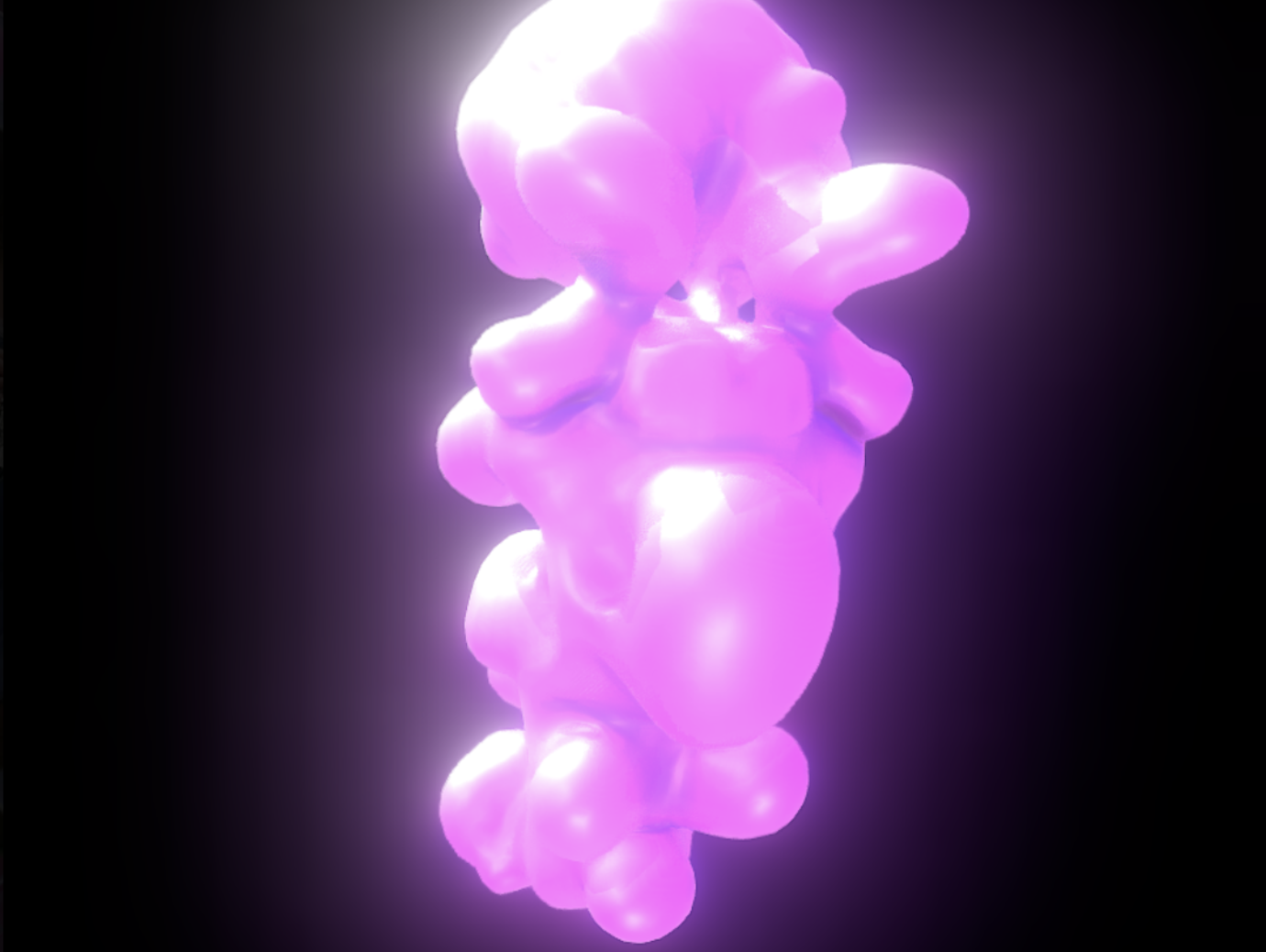6 artists explore what it means to be human amid an uncertain future

In her landmark 1985 essay, A Cyborg Manifesto, feminist Donna Haraway, called on the world to reject rigid boundaries: those separating “human” from “animal” and “human” from “machine.” More than three decades later, her work has inspired the 8th iteration of the Nova Art competition, which has announced its 12 finalists for 2021.
The Calvert Journal has chosen our favourite six projects from the show, reflecting on how we understand identities that appear in the age of environmental crises and technological innovation.
Julia Vergazova and Nikolay Ulyanov
Floating Utopia Act 2
Interdisciplinary artist and educator Julia Vergazova has teamed up with data scientist and musician Nikolay Ulyanov to imagine a bio-diverse utopia as written by machines. Their project explores swamps as zones of geological instability, and as ambiguous landscapes, floating between both land and water. It also celebrates swamps as significant sources of biodiversity, and places of tension where different ecosystems meet. Through the use of neural networks, Vergazova and Ulyanov digitally reconstructed these natural landscapes, creating hybrid patches that cover gaps in the planet’s epidermis.
Uliyana Podkorytova
Autograph Blackie
Blending science, mythology, and art, Uliyana Podkorytova’s film Autograph Blackie takes viewers to sun-soaked shores of the Black Sea. The movie’s protagonists, Alexander Agafonov and Anatoly Tavrichesky, both research sea creatures, and Agafonov is studying the unique signals, or “autographs” which bottlenose dolphins send each other underwater. Meanwhile, Tavrichesky spends his time searching for the Karadag Snake: a mysterious cryptid lovingly called Blackie by the locals. A mix of science and folklore, the project dreams of new ways of coexisting and communicating with other species.
Anastasia Bogomolova
Assemblage
Inspired by the Greek myth of Daphne, the nymph who turned into a laurel tree, Anastasia Bogomolova reinvented the ancient legend by placing the story into the world blighted by cultural and natural decay. In Bogomolova’s version, Daphne is not pursued by Apollo, as in the original, but is still drawn into the woods. Once there, she finds the ruins of another civilisation where unexpected intraspecific contacts take place. Working both in the studio and in the field, the artist creates hybrid images that cross the line between nature and culture.
Aziza Kadyri
DE-CANON
Born in Moscow, Uzbek artist Aziza Kadyri is keenly aware of the Soviet Union’s colonial legacy. In this socially-engaged research project, she works with female immigrants from Central Asia to deconstruct their personal memories, eventually translating their spoken words into a new language of sounds and artefacts that engage the senses. The artworks take the form of ever-evolving wearable sculptures that give the wearer the experience of being in a different body. But, as Kadyri stresses, none of the artworks will ever be “finished”. The artist will keep adding to them, emphasising the need for a long-term, systematic approach to the issues of decoloniality and corperality.
Ksenia Obukhovskaya
Soft Infiltration
Created as a 3D animated essay, Ksenia Obukhovskaya’s Soft Infiltration introduces a new world of hybrid gynecological tools. In place of mental speculums and clamps, the artist imagines medical tools in the form of organisms based on human DNA, cells, and computer code. These devices can be planted into a body as a prosthetic organ or microchip, changing shape to fit its host’s body regardless of sex or gender. Soft Infiltration is a futuristic vision of biotechnology serving the human body — even as those bodies evolve and change — and an interrogation of whether today’s heteronormative medicine of today can match the non-binary, biotechnological bodies of the future.
Lyuba Sautina
Subtle Matter
Based on Slavic rituals, Lyuba Sautina’s Subtle Matter tries to create a collective image of motherhood. The project features a lullaby sung by several voices and a bed curtain made from the clothes of many different mothers. Traditionally, parents’ clothes were used to veil the cradle and protect the child from evil and misfortune. Sautina reinvents this ritual by focusing on the role of mother as a powerful magical being, using a hand weaving technique to reassemble many different threads into a single piece of new fabric.
Other finalists include: Alisa Omelyantseva, Katya Muravyeva and Petr Bardin, Aleksandra Pavlovskaya, Anna Martynenko, Katya Isaeva, and Ffrrbbrr group.
The exhibition New Skin: The Myth of a Technological Body will run from 22 July to 22 August at Sevkabel Port, in St Petersburg.
.jpg)

